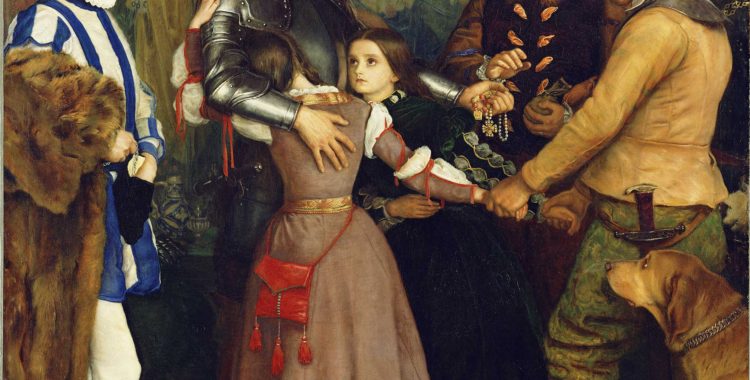
Daughters Change Everything…
February 10, 2016
by Diana Greenwald | Filed in: Conferences
As mentioned in the last two posts, thousands of social scientists recently descended on San Francisco for the American Economic Association annual meetings.
Unfortunately, a discussion of the economics of art was not featured on the program. However, several sessions presented novel methods, research questions and analyses that can be applied to the study of the economics of the arts. This post—like the previous ones—presents a topic discussed in one of the conference sessions and how that topic applies to the study of art and economics.
The last post concluded with a discussion about how research about the lifecycle of inventors may shed light on the lifecycle of artists, particularly female artists. A person is much more likely to be an inventor if one of his or her parents is an inventor. The same may be true for artists. For inventors, this familial exposure—and perhaps encouragement—seems to be particularly important for female inventors. Based on some anecdotal evidence about the fact that the fathers of famous female artists were often artists themselves, it seems familial encouragement may be similarly crucial for female artists.
The particular place that daughters take in a household and how their presence affects intra-household dynamics was the topic of a presentation by Rachel Heath and Xu Tan in the “Causes and Consequences of Women’s Empowerment” session organized by Vellore Arthi and Anja Tolonen. In “Daughters Improve their Mothers’ Autonomy in South Asia”, Heath and Tan demonstrate that when a poor South Asian family has a daughter the standing and relative power of a wife in the household tends to improve. This change may occur because fathers develop a more pronounced sympathy for women, or because women fight harder for more rights now that they are responsible for advocating for themselves and their daughter(s), or both simultaneously. However, it is clear that the birth of a daughter changes the standing of women within the home and their ability to be independent actors.
Did this same phenomenon occur in history when a woman was born into an artistic family? Did the experience of having a daughter make male artists more aware of and concerned about the professional barriers—or rather total lack of professional possibilities—that women faced? Perhaps.
The last post suggested that there may be a systematic relationship between a woman’s decision to become an artist and whether or not her father was also in an artistic profession. Applying Heath and Tan’s insights to this same issue would demand close qualitative studies of the fathers of famous women artists. Did these men have a pre-existing track record of progressive positions or advocacy—by historical standards—for women? Or, can one see a distinctive shift in their attitudes after the birth of a daughter and then after she began to train as a professional artist? Answering these questions cannot only help to address several of the still unanswered questions put forth in art historian Linda Nochlin landmark essay called “Why Have There Been No Great Women Artists?” , but can also shed light on contemporary questions about how men are made into advocates for women’s rights.
The Economics of Color, Part 1 >>
<< Lifecycle of Inventors, Lifecycle of (Female) Artists
